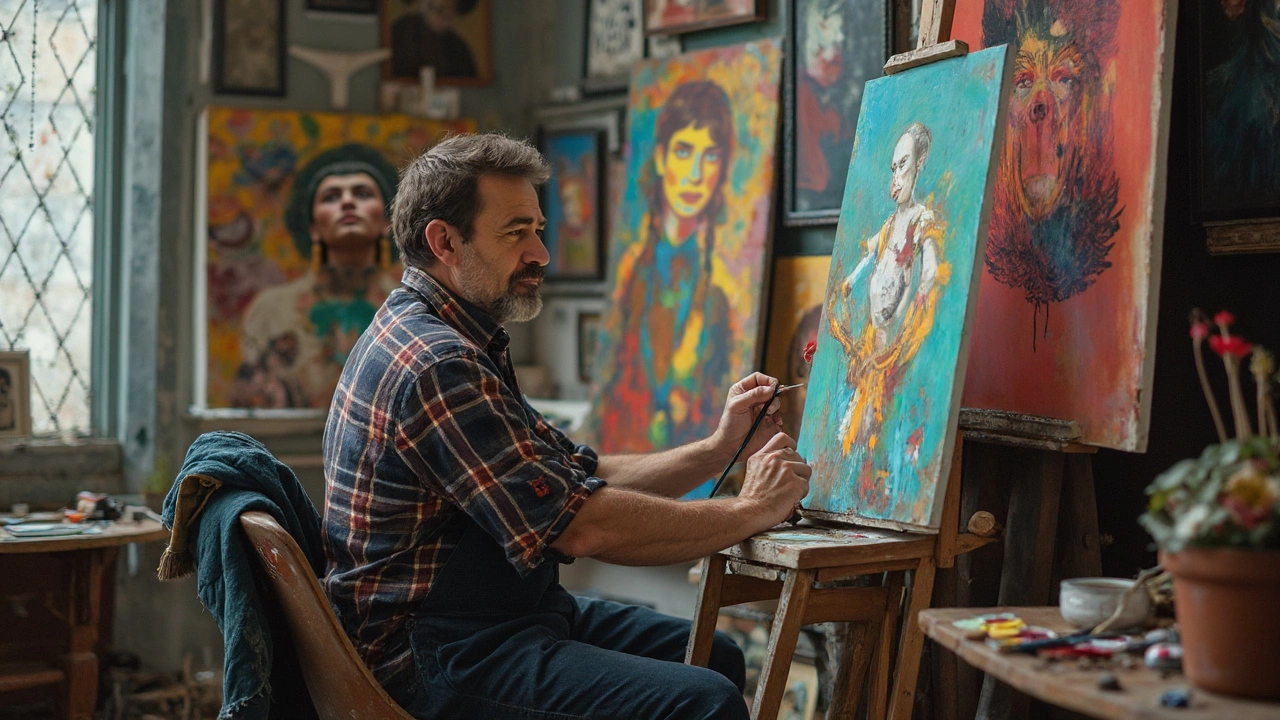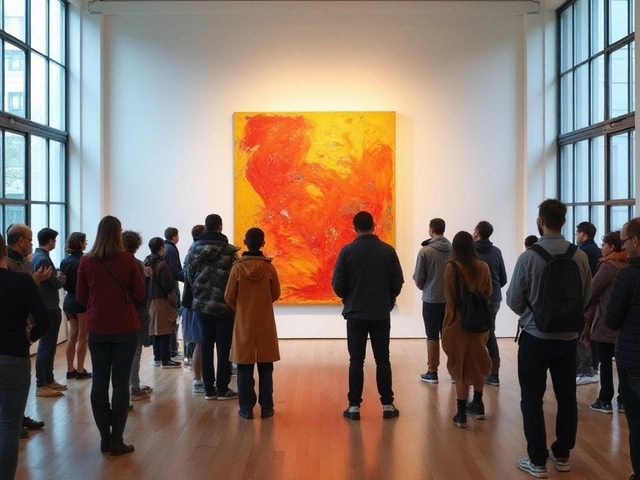Artist Earnings: Understanding How Creators Make Money
When talking about artist earnings, the total money an artist makes from selling work, licensing, teaching, and related activities. Also known as artistic income, it includes every cash flow that keeps a practice alive. Digital art, art created or displayed using computers, tablets, or software has opened new doors, while Museum payments, fees or royalties paid to artists for exhibiting work in galleries and museums add a traditional line. NFT art, non‑fungible tokens that certify ownership of a digital piece is another hot player. Together these pieces form the modern picture of artist earnings.
Artist earnings encompass three core categories: direct sales, recurring revenue, and institutional fees. Direct sales cover prints, original pieces, and commissions – the classic way most creators start. Recurring revenue includes subscription platforms, Patreon‑style memberships, and licensing deals that pay month after month. Institutional fees are the often‑overlooked payments from museums, galleries, and public art programs. By mixing these streams, artists can smooth out the ups and downs of a freelance life. For example, a digital illustrator might sell prints on Etsy (direct sale), run a weekly tutorial series on a membership site (recurring revenue), and earn a modest royalty from a museum exhibition (institutional fee).
Key Income Streams for Artists
One of the fastest‑growing ways to boost earnings is through digital art platforms. Sites like ArtStation, DeviantArt, and NFT marketplaces let creators reach a global audience without a physical gallery. The process often starts with a single piece, then expands into prints, merch, and limited‑edition NFTs. Each step adds another tick on the earnings chart. Meanwhile, museums are starting to pay more transparent fees. Research shows that mid‑size venues in the UK average £1,200–£2,500 per exhibition, plus potential sales commissions. Knowing the range helps artists negotiate better contracts.
Commissions remain a reliable pillar. Whether a portrait, a book illustration, or a custom mural, the client‑direct model guarantees upfront payment and a clear scope. Artists who price commissions based on time, complexity, and usage rights often see higher margins than those who charge flat rates. A good rule of thumb is to add a 20‑30% premium for commercial usage beyond personal display. This extra factor can turn a modest portrait into a lucrative branding piece.
Licensing and royalties offer passive income once the work is out there. A single illustration licensed for a textbook or a calendar can generate recurring checks for years. The key is to retain ownership and set clear terms in the contract – a lesson many artists learn the hard way. Platforms that automate royalty tracking, like RightsTrade, simplify the process, turning what used to be paperwork into a steady cash flow.
Teaching and workshops add another layer. In Pembrokeshire, community art classes and online webinars attract both locals and remote learners. Artists who blend hands‑on instruction with digital resources (workbooks, video tutorials) can charge higher fees and sell supplemental materials. This hybrid model often yields a 40‑60% profit boost compared to a single‑session class.
Lastly, remember that artist earnings aren’t just numbers; they reflect the value placed on creativity. Tracking each stream helps you see where you excel and where you can improve. Use a simple spreadsheet: column A for income type, column B for amount, column C for time spent. Over a quarter, patterns emerge – maybe NFTs spike in summer while workshops surge in winter.
In the collection below, you’ll find deep dives into each of these topics: how to monetize digital art, what museum fees really look like, the record‑breaking earnings of top NFT creators, and step‑by‑step guides for building a commission business. Whether you’re just starting or looking to fine‑tune an established practice, the articles give you practical tools to grow your artist earnings and turn passion into a sustainable career.

Portrait artists can indeed earn a living if they find the right audience and establish themselves in the market. Many factors affect their earnings, such as skill level, experience, and demand for their work. From commissions to prints, artists have multiple income streams. Understanding the art market and building a client base can significantly impact their financial success.




